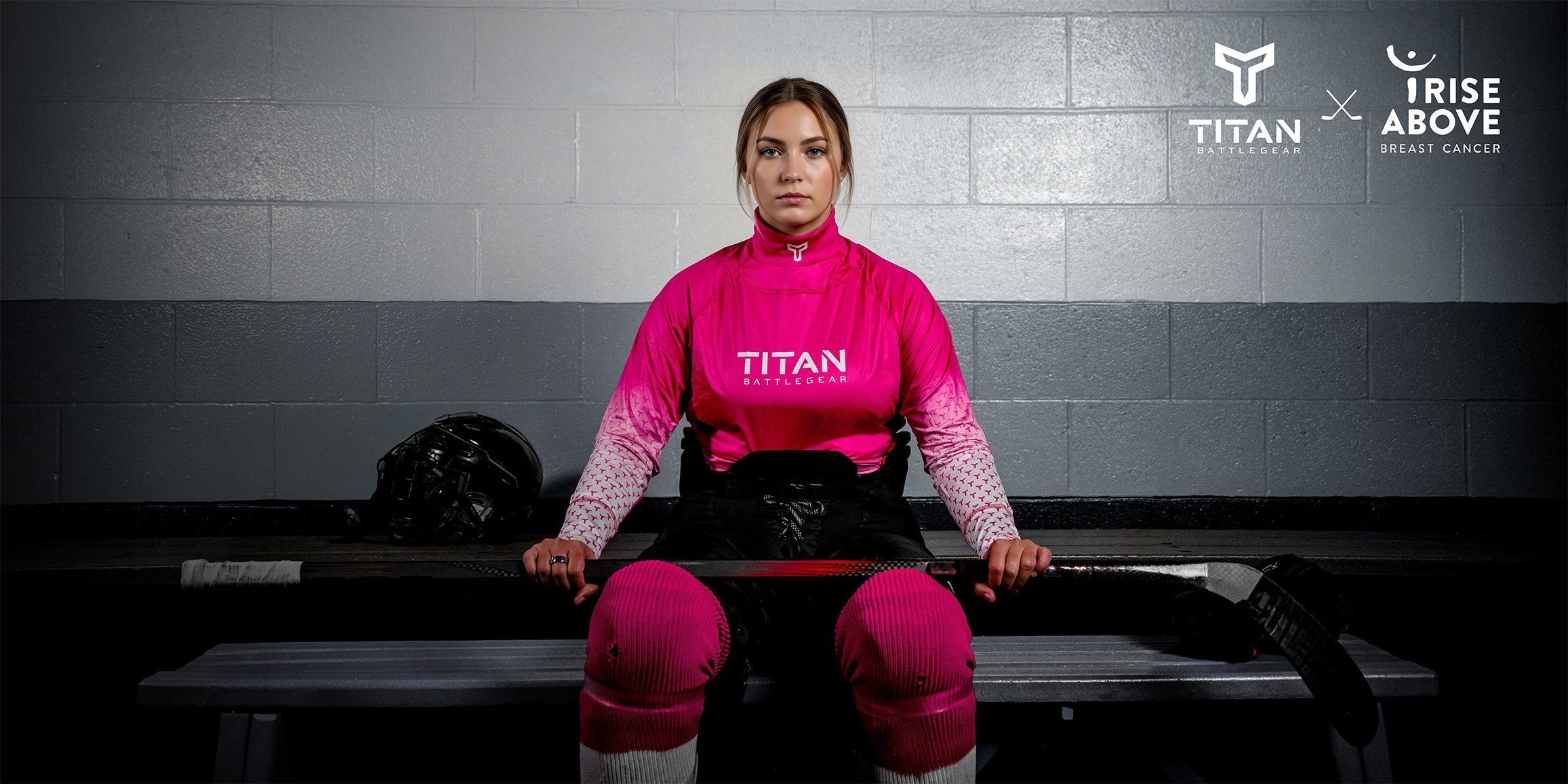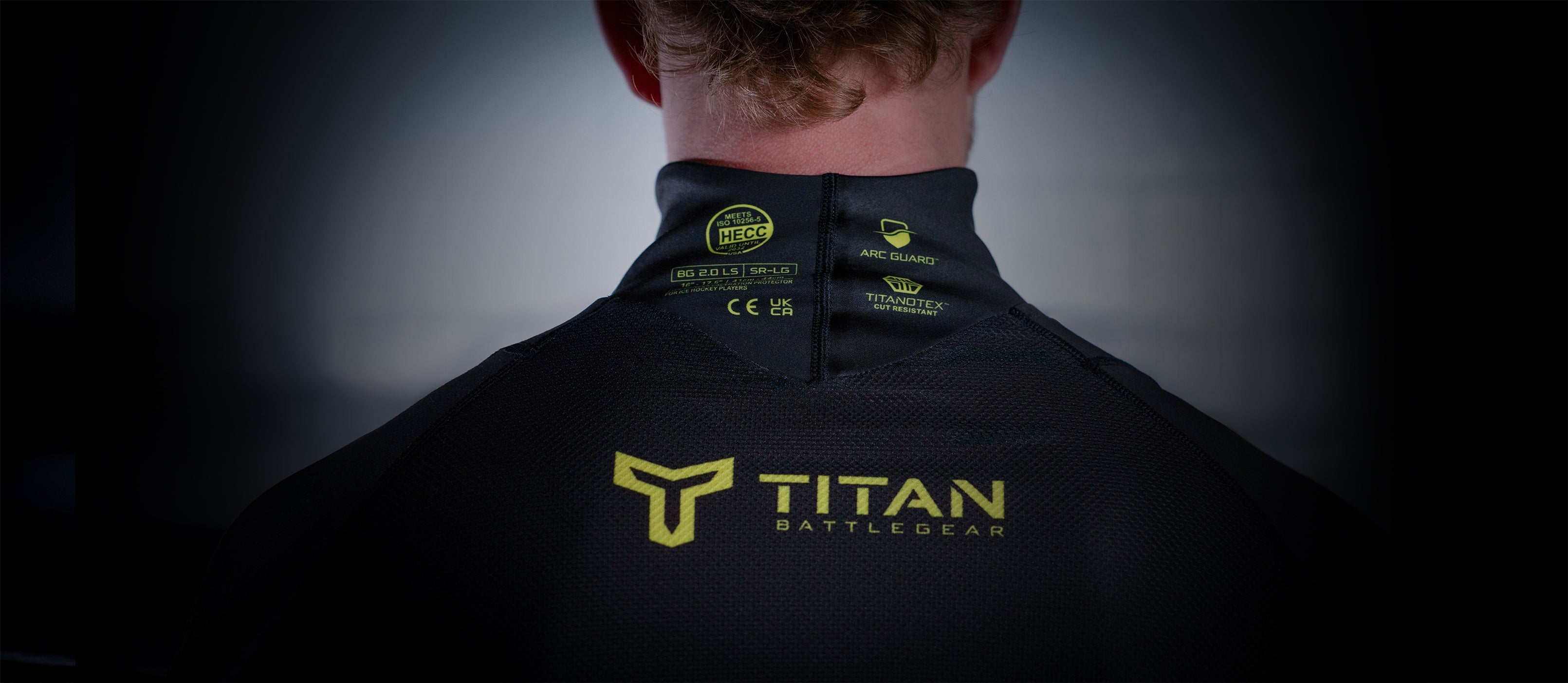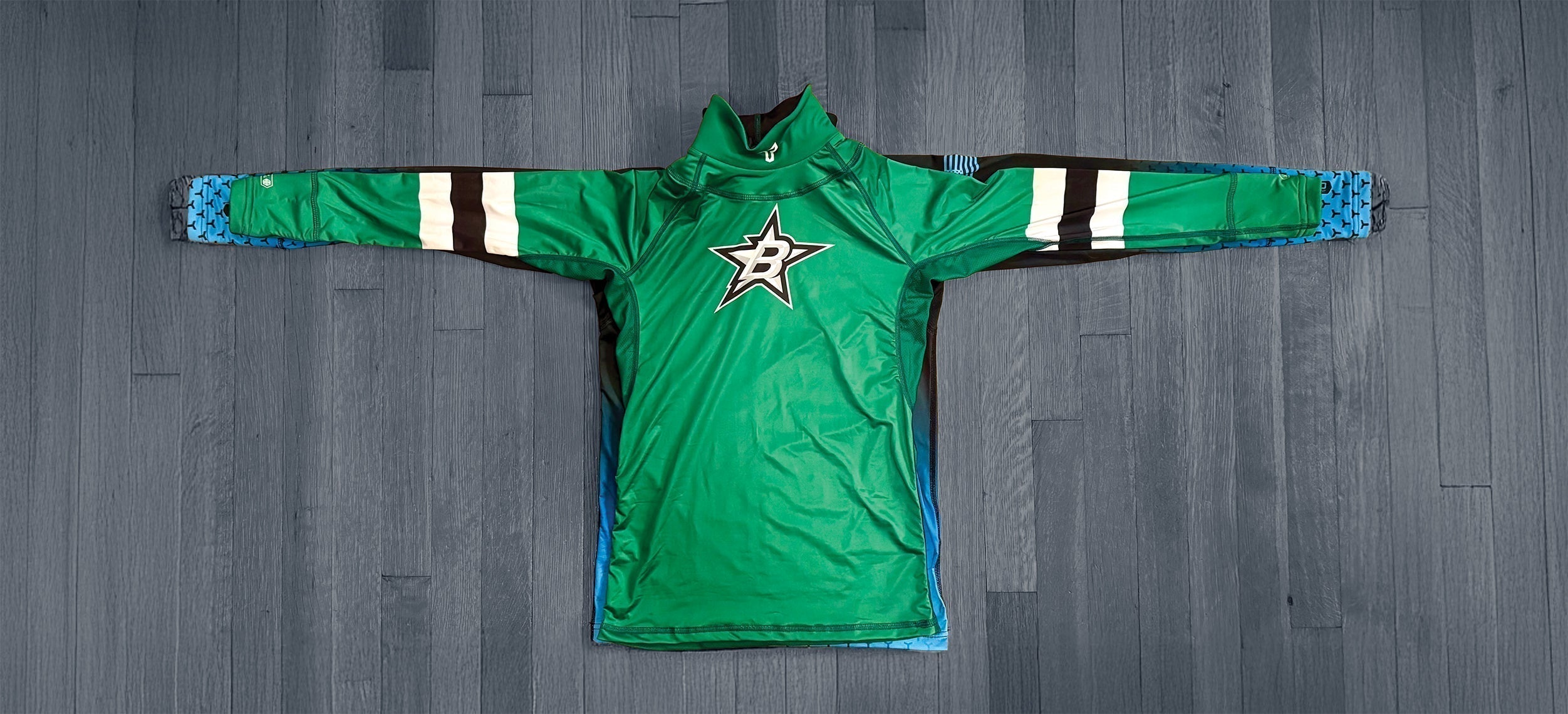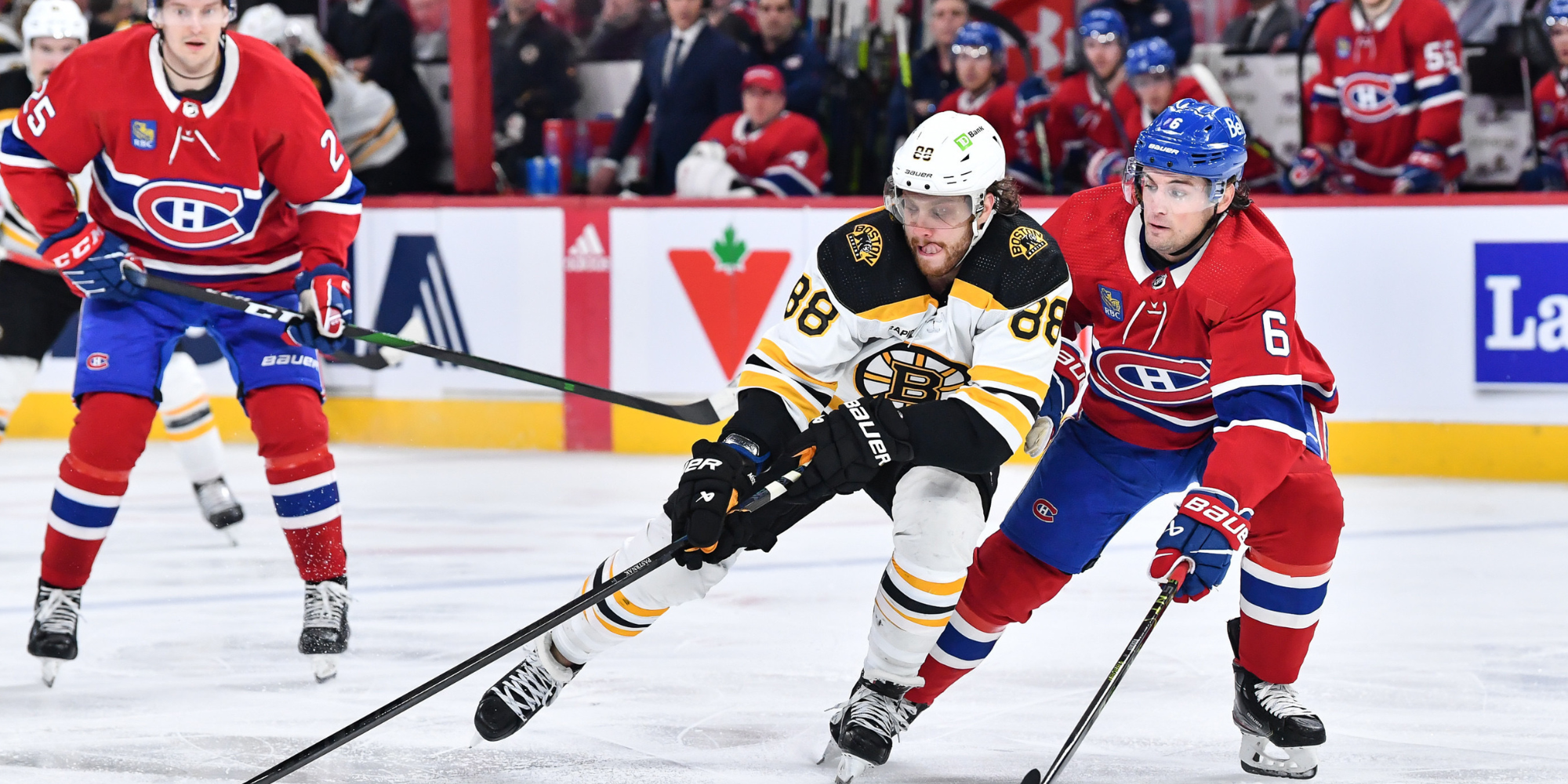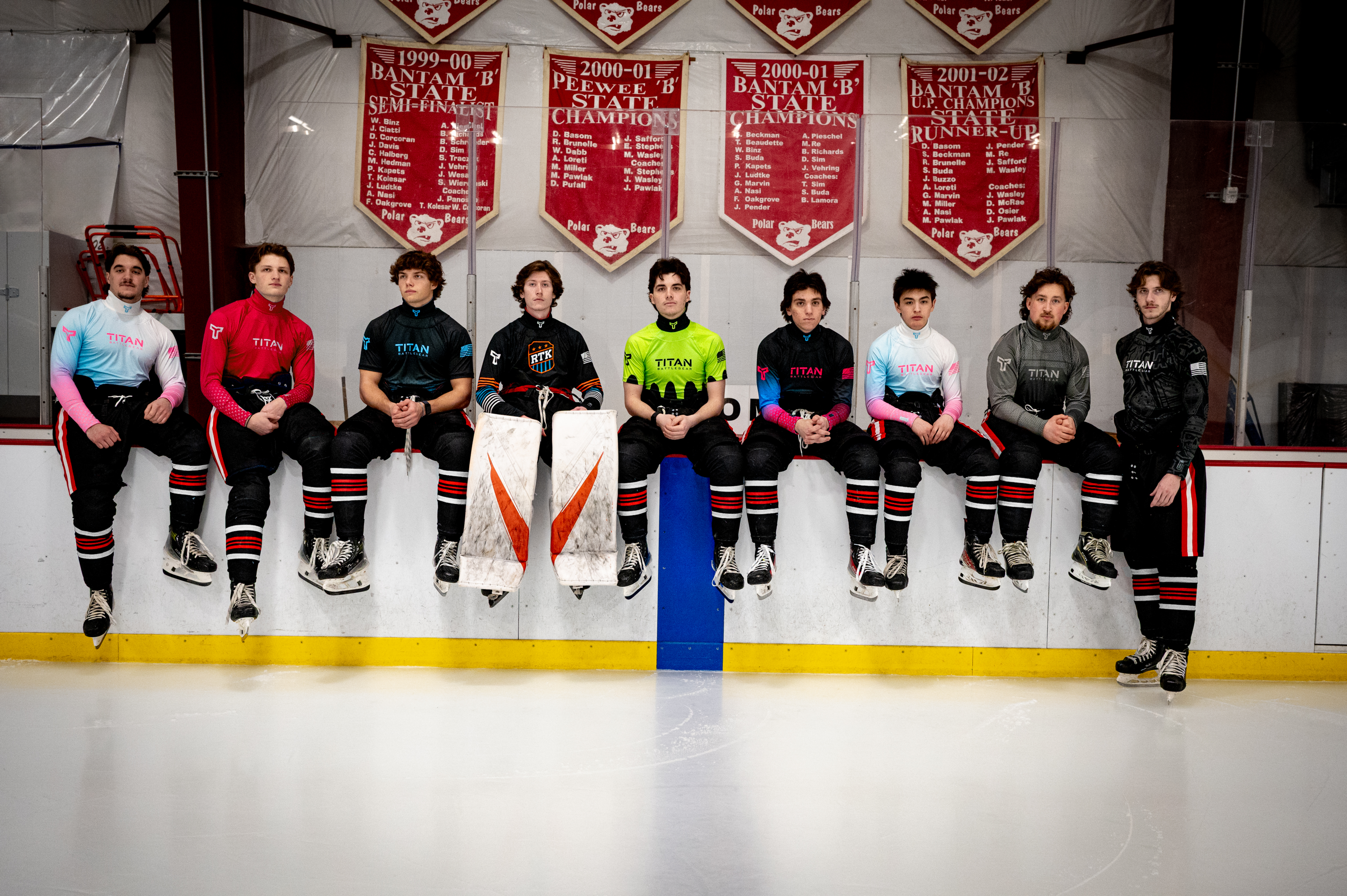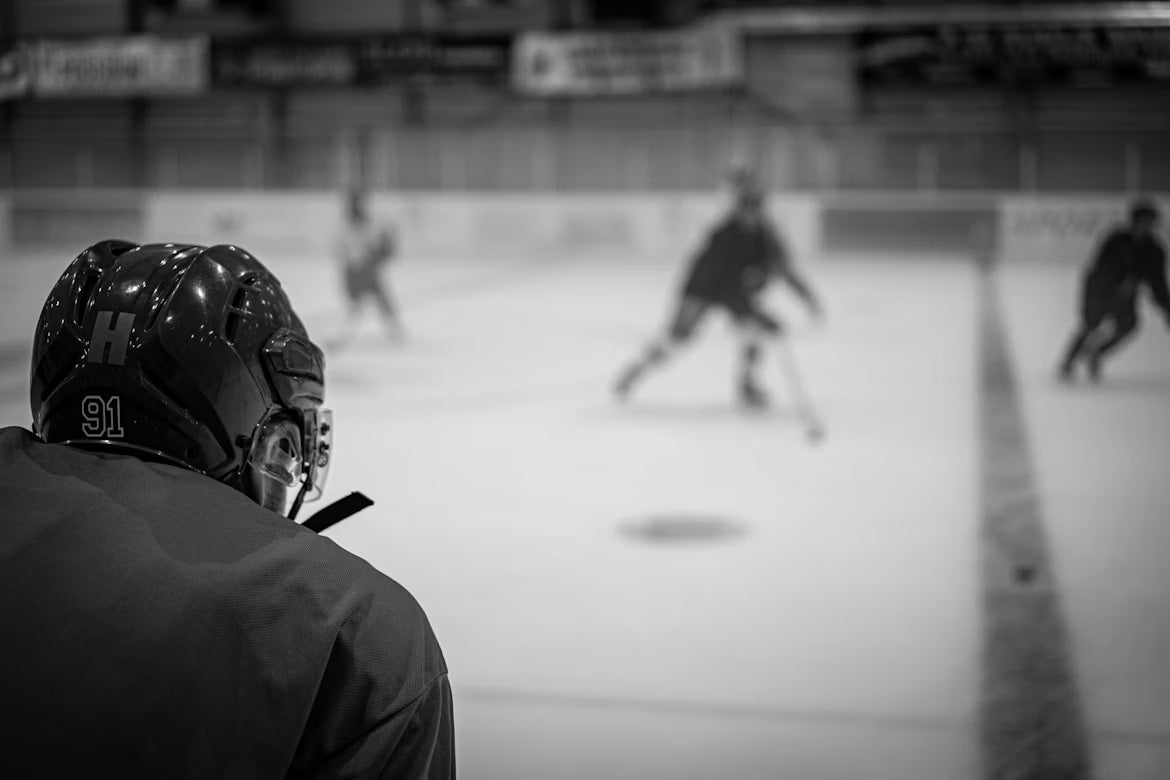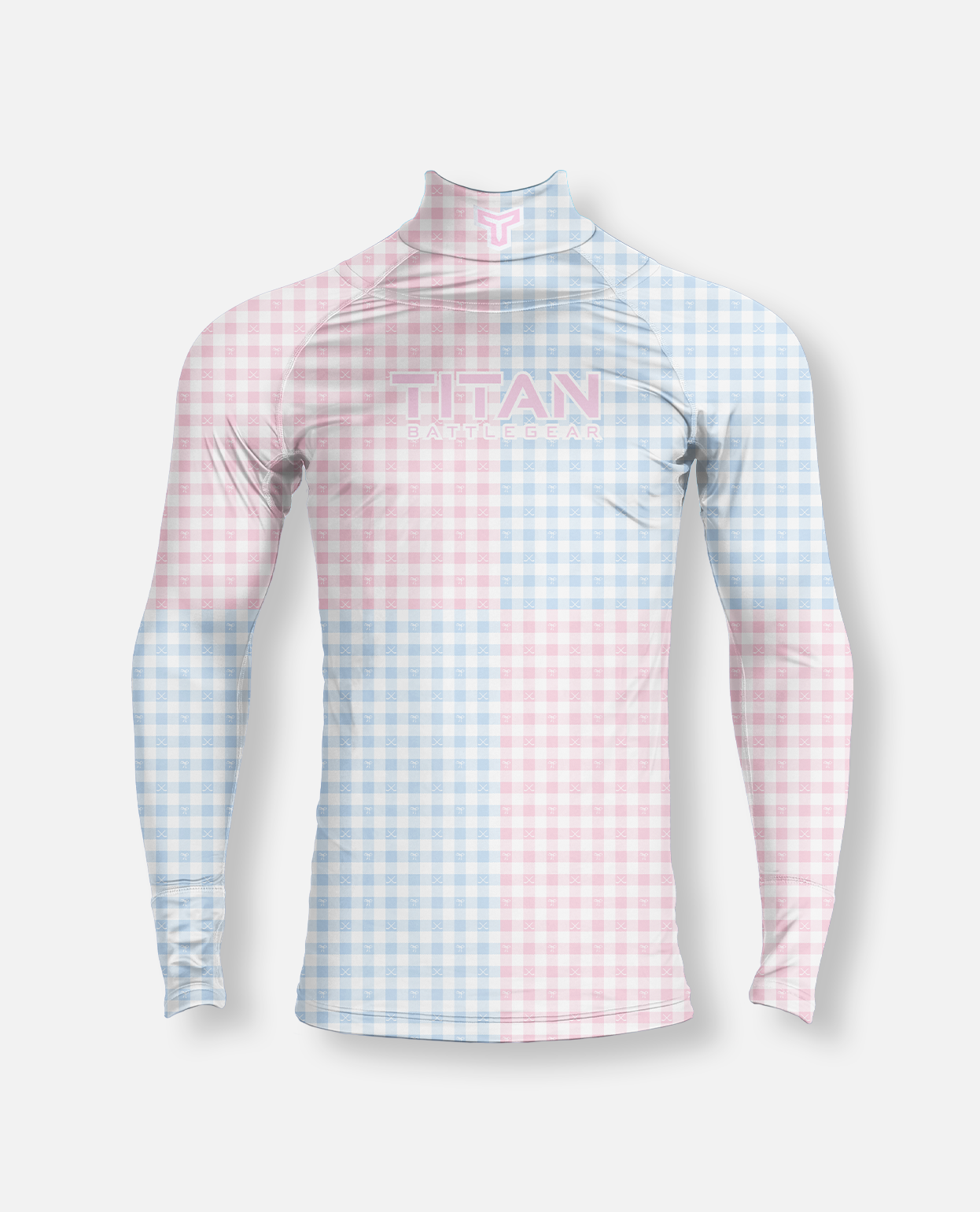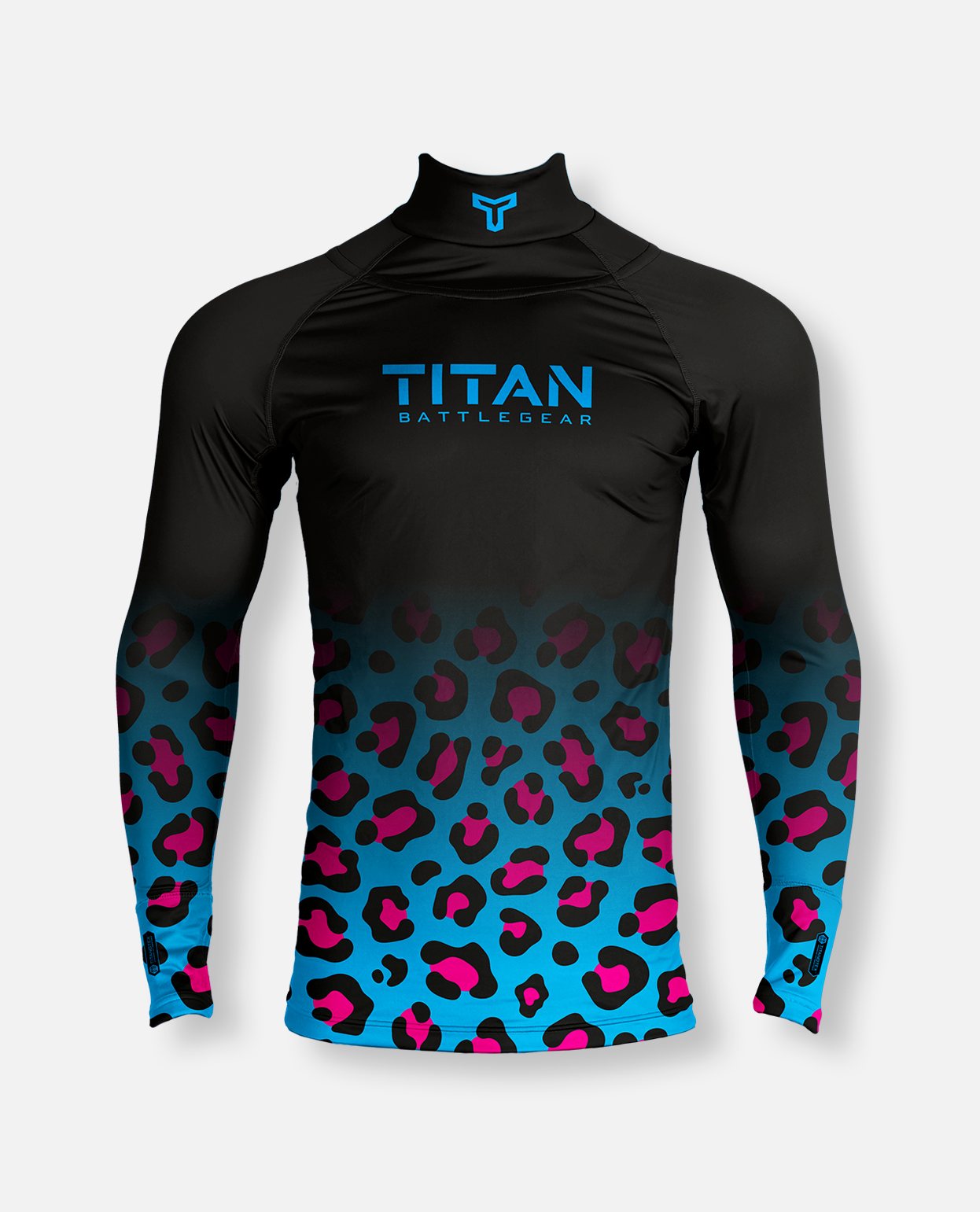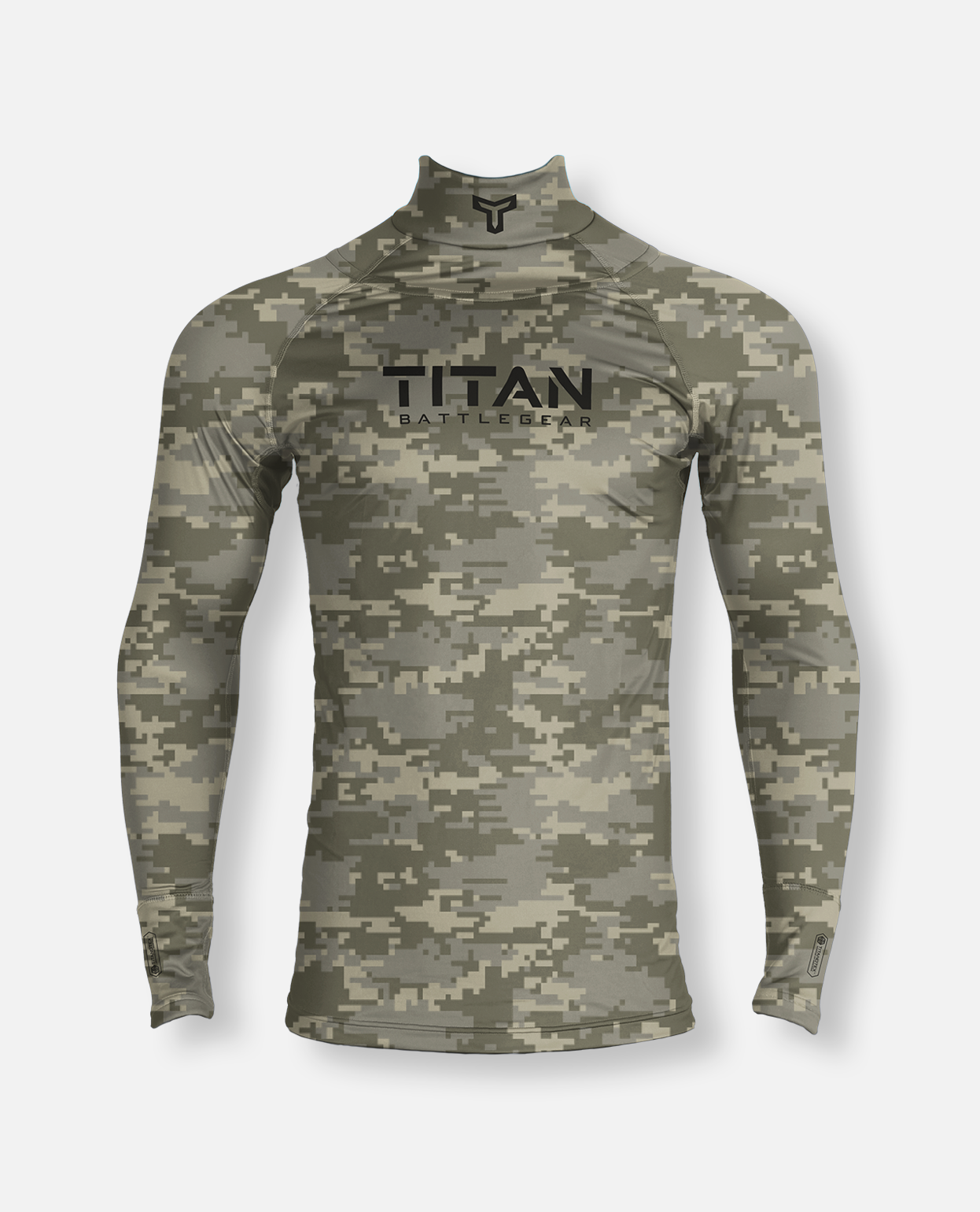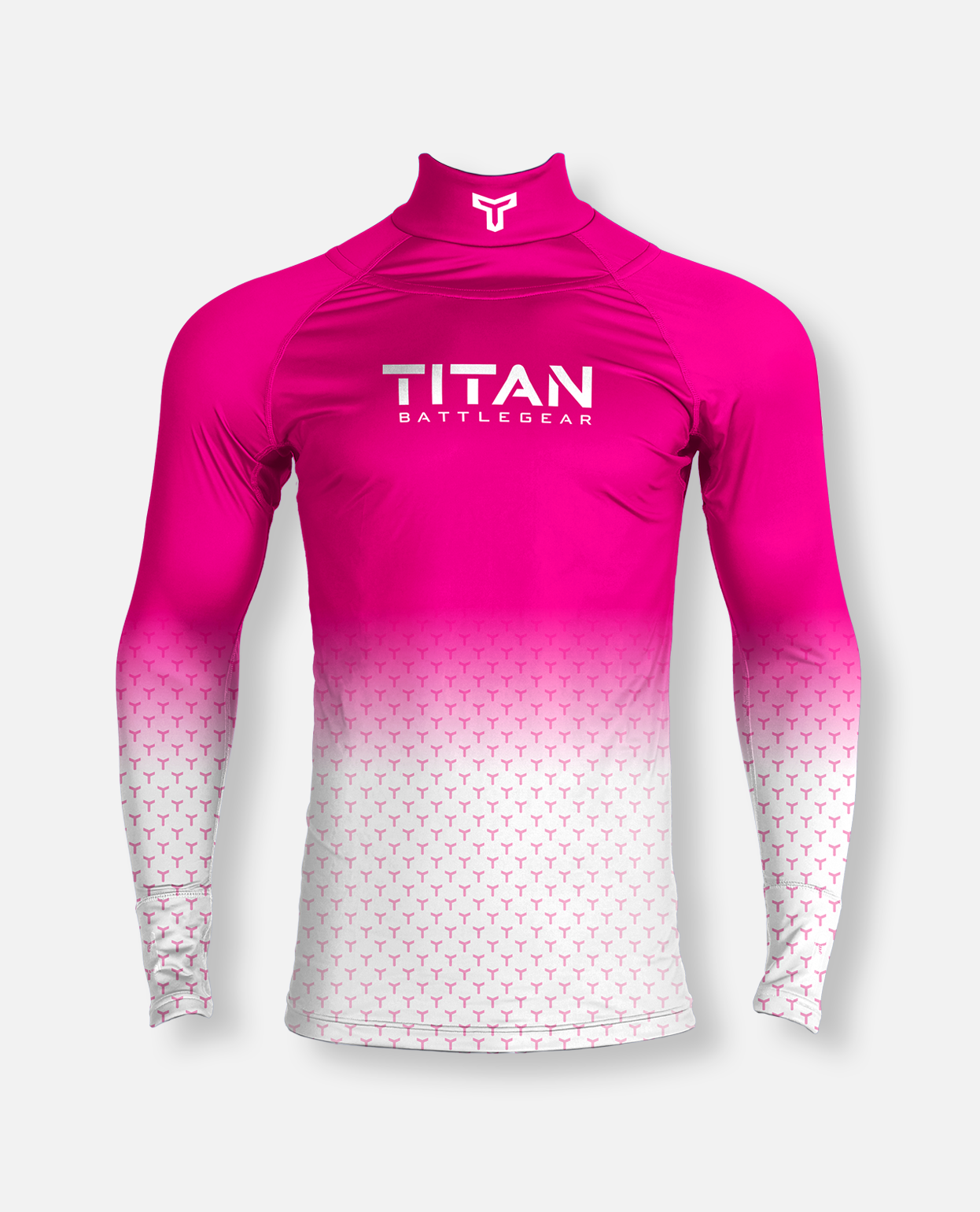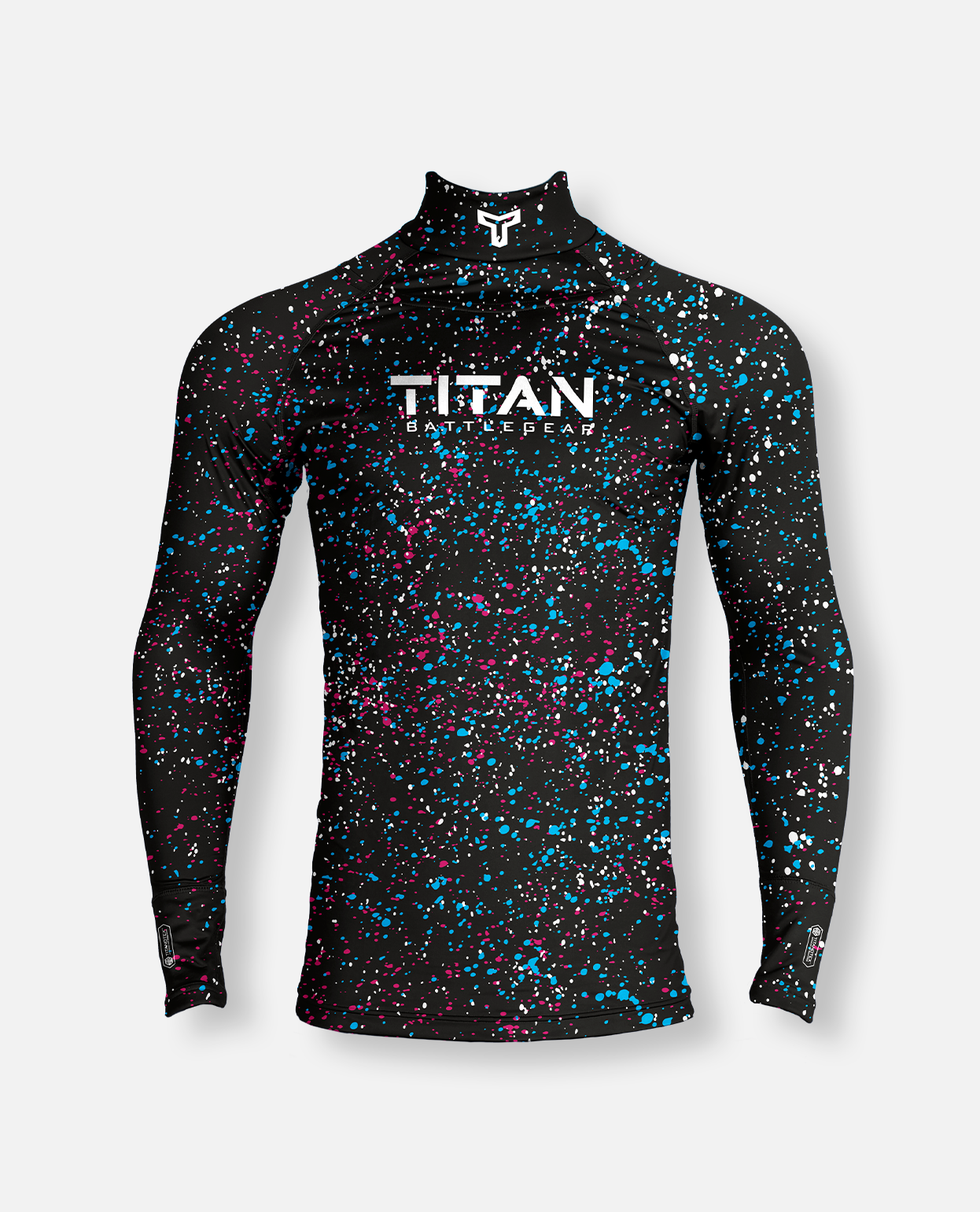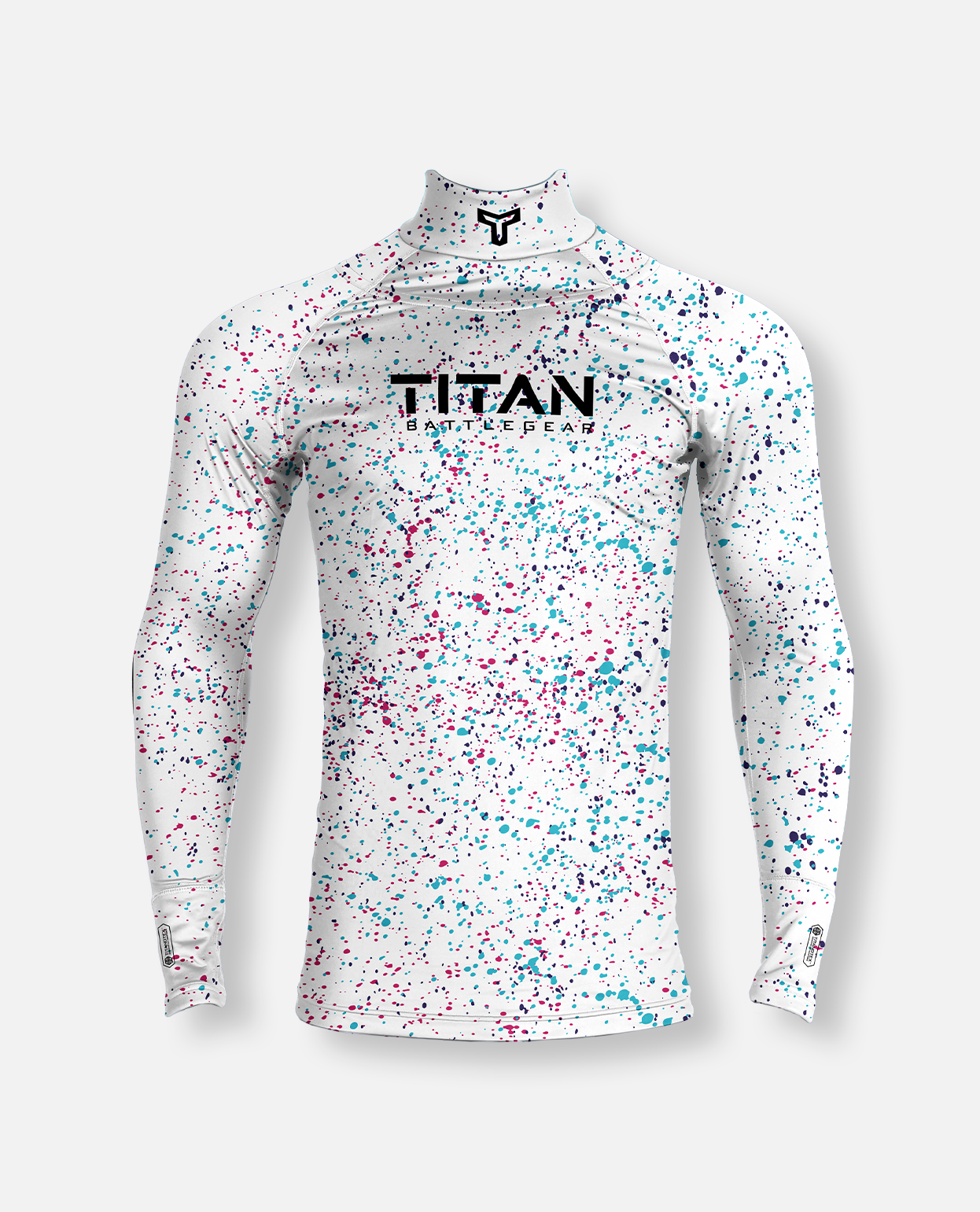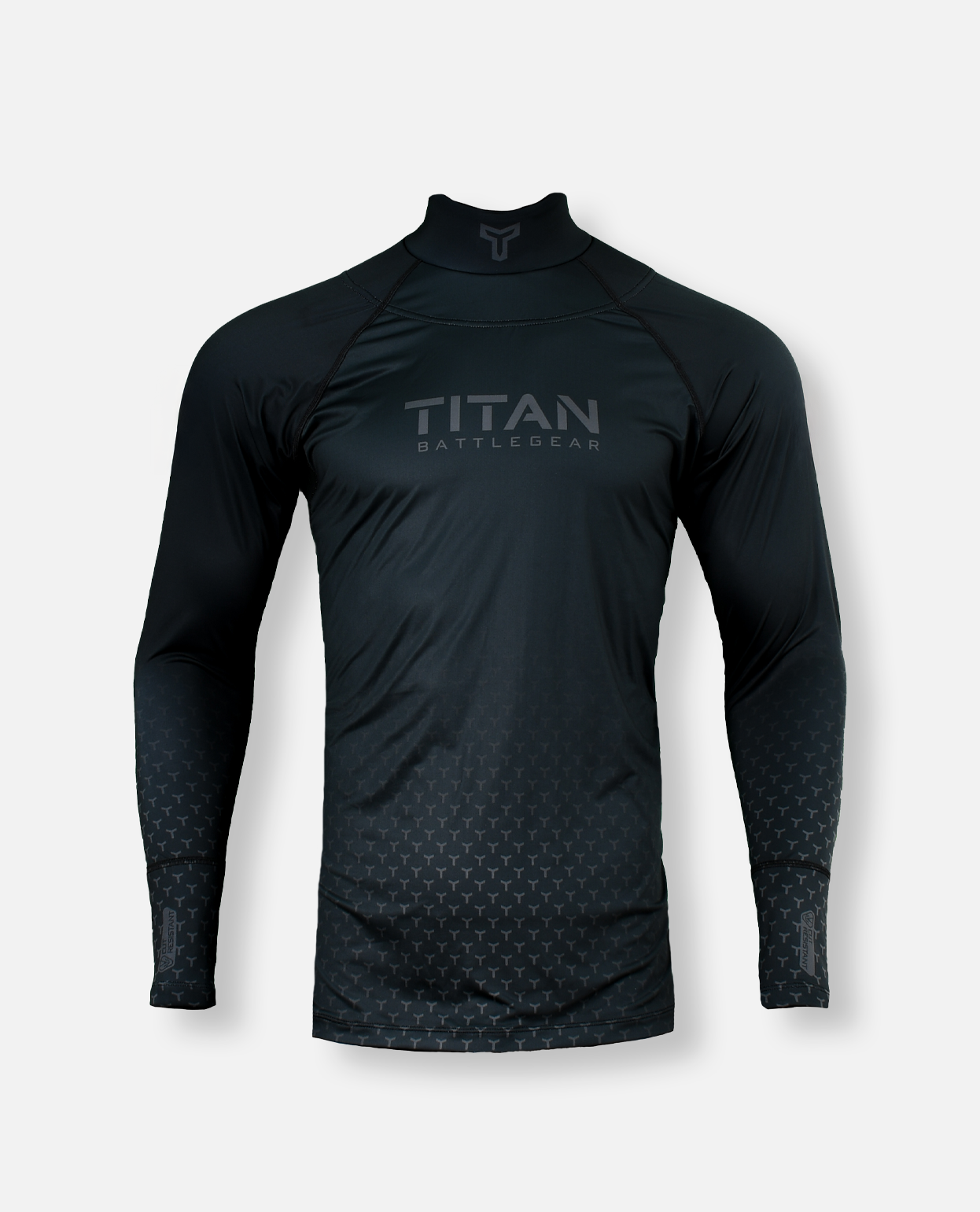In recent years, the discussion around player safety in the NHL has intensified, particularly regarding using neck guards. While the NHL does not mandate neck guards, an increasing number of players are choosing to wear them. This blog explores why some players opt for this added protection and the potential future of neck guards in the NHL.
NHL Players Who Wear Neck Guards
While neck guards are not a common sight in the NHL, a handful of players have taken the proactive step to protect themselves from potentially life-threatening injuries. Notable players who have worn neck guard include:
- Erik Karlsson: Known for his exceptional skill and leadership on the ice, Karlsson has occasionally been seen wearing a neck guard, prioritizing his safety without compromising performance.
- Rasmus Dahlin: The young defenseman for the Buffalo Sabres has also adopted the use of neck protection, a move that may inspire younger players to follow suit.
- Nik Ehlers: A forward for the Winnipeg Jets, Ehlers has worn a neck guard in response to increasing concerns about player safety.
- T.J. Oshie: The Washington Capitals forward has also been spotted with a neck guard, demonstrating that even seasoned players see the value in additional protection.
- Cole Koepke: As a rising star in the NHL, Koepke’s choice to wear a neckguard highlights a growing awareness among younger players about the importance of safety gear.
Why Are More NHL Players Choosing Neck Guards?
The tragic death of former NHL player Adam Johnson, who passed away due to a skate blade cut to the throat during a game, has reignited conversations about player safety and the importance of neck guard. This incident, among others, has made players and the league reconsider the risks associated with not wearing neck protection.
Despite the growing use, a significant majority of NHL players remain opposed to making neck guards mandatory. A recent poll conducted by The Athletic found that 78% of 181 surveyed NHL players did not support a mandate for neck guard. This opposition likely stems from concerns over comfort, tradition, and the belief that such equipment might hinder their performance on the ice.
However, as the conversation around safety continues to evolve, especially in light of incidents like Adam Johnson’s, more players are starting to wear neck guards voluntarily. This trend suggests a shift in the culture of the NHL, where safety is becoming increasingly prioritized.
The Role of the NHL Players' Association and the Future of Neck Guards
For neck guards to become a standard piece of equipment in the NHL, the NHL Players' Association (NHLPA) would need to agree to a mandate. Currently, the NHL does not require players to wear neck guard, and any change in this policy would require significant support from the players themselves.
The reluctance to embrace neck guard is not unique to the NHL. In other leagues, such as the International Ice Hockey Federation (IIHF), neck guards are mandatory, particularly at youth and junior levels. With safety mandates like this gaining traction worldwide, the NHL may eventually feel pressure to follow suit.
Titan Battlegear’s Contribution to Player Safety

At Titan Battlegear, we are committed to leading the charge in enhancing player safety through innovative protective gear. Our Battlegear collection, which includes hockey shirts with integrated neck and wrist guards, offers superior protection using our proprietary TITANOTEX™️ fabric. Our products are designed to provide maximum safety without compromising comfort, ensuring that players can perform at their best while staying protected.
Our focus on cut-resistant technology stems from a deep understanding of the risks associated with hockey. Neck injuries, while rare, can be fatal, making the need for effective protection paramount. Our hockey shirts are not just an investment in safety but also in the future of the sport, helping to protect players from preventable injuries.
Conclusion
The decision to wear a neckguard in the NHL remains a personal one, but as awareness of the risks grows, so too does the adoption of this protective gear. While the majority of players currently oppose a mandate, the increasing number of players wearing neck guard suggests that attitudes are slowly changing. At Titan Battlegear, we stand at the forefront of this shift, providing the highest level of protection with our advanced, cut-resistant products.
For more information on how you can stay safe on the ice, visit our page on cut-resistant technology.



